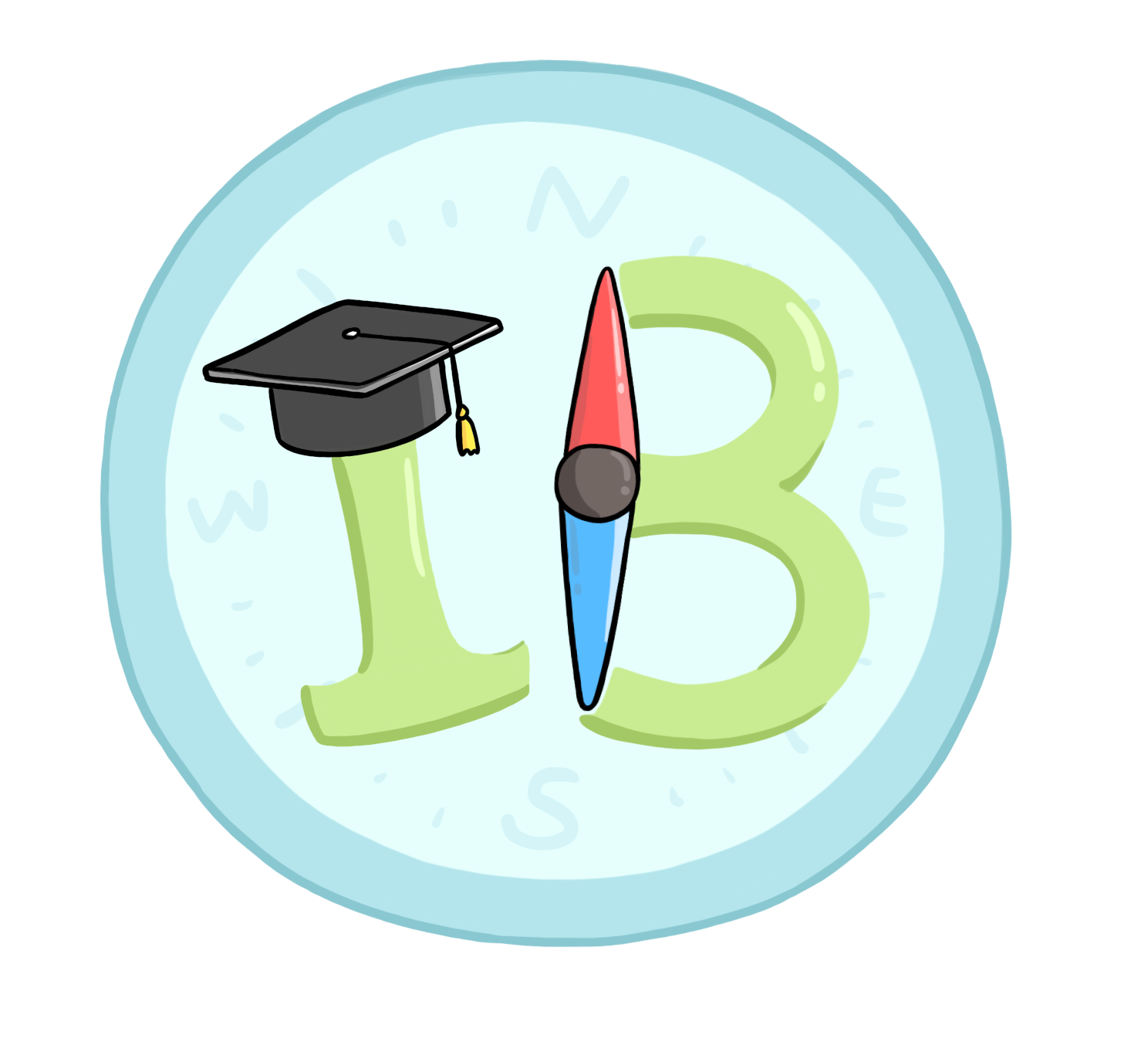- Audience:
- Identify your audience: Think about who will be reading your response, such as local residents, Year 12 students, or your teacher.
- Consider how the audience will access your response: Will it be through a brochure, a speech, an email, or online? This will help you choose the appropriate text type.
- Author:
- Understand your role as the author: Are you a student, a leader, a professor, or a friend? Choose the most suitable identity for the task. For example, a student council president writing a speech for Year 12, or a local council representative creating a flyer.
- Tone:
- Set the tone according to your role and audience: Once you understand your mindset as the author and the reader, setting the tone becomes easier. Ensure the tone matches the prompt’s intent. For example, a serious tone for discussing pollution issues in a council prompt, or an encouraging and enthusiastic tone for a motivational piece.
- How to display tone?: This can be shown through word choice, e.g., “happy” vs. “incredibly happy.”
- Message:
- Construct your message based on tone, audience, and author: Your message should be directly linked to the prompt. For Higher Level (HL), usually divide your content into three parts: describe the issue, explain why it’s important, and call for actions. For Standard Level (SL), focus on at least one part. Plan your response before writing by outlining three main points, ensuring logical coherence before starting to write.
Listening Tips for IB English B:
- Preparation Before Listening:
- Translate Statements: Before the listening starts, translate all the questions into your own language. For example, if you are given statements to judge (such as whose opinion is being presented – Mark, Lisa, or both), translate these into a format that makes it easy for you to understand.
- Identify Key Patterns: Often, statements in listening exercises have patterns. For instance, among five statements, there might be two pairs that contradict each other and one neutral. Knowing these patterns can help you anticipate the answers while listening.
- Categorize Information: For questions with multiple choices, it helps to categorize possible answers into “when,” “what,” “why,” “who,” and “where.” Knowing which type of information is needed for each question allows you to focus on specific details during the listening.
- During the Listening:
- Listen in Order of Ease, Not Question Number: Don’t strictly follow the order of the questions. Focus on answering the easiest questions first to ensure you gather the maximum possible points without losing time.
- Use Keywords: Write down or circle keywords directly in the questions. When listening, quickly jot down key words related to the answers.
- Note Key Information for Multiple Speakers: When there are dialogues involving multiple people, anticipate their roles and names beforehand (e.g., a male interviewer, two female students). This way, you avoid confusing who is saying what during the listening.
- Between Listenings:
- Review Gaps: After the first round of listening, go back and check the questions you couldn’t answer. Try to recall from memory or check your notes where you might have missed the key information.
- Focus on Missing Parts in the Second Listening: During the second round of listening, concentrate on the parts you missed. This focused listening can help you capture details that were missed the first time.
- After the Listening:
- Final Check: After the second listening, make sure to do a final review. Check for spelling mistakes and ensure all answers are logical and accurately placed.
Subscribe
Login
0 Comments









